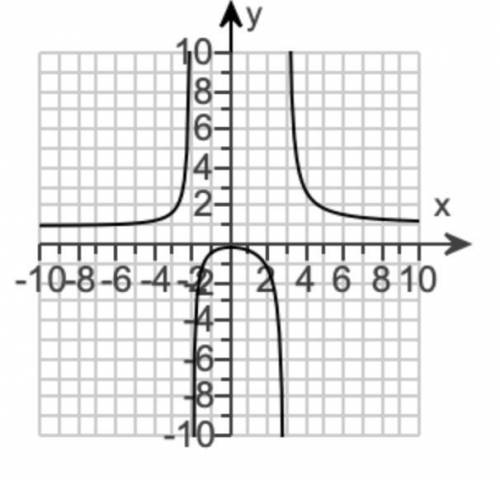If x→−2−, then f(x)→
A. ∞
B. 1
C. 3
D. -∞
If x→3−, then f(x)→
A...

Mathematics, 23.10.2020 21:10 leannhb3162
If x→−2−, then f(x)→
A. ∞
B. 1
C. 3
D. -∞
If x→3−, then f(x)→
A. 3
B. ∞
C. 1
D. -∞


Answers: 2


Other questions on the subject: Mathematics

Mathematics, 21.06.2019 14:30, anitadefrances
Triangle jkl was dilated using the rule dm, 1/3 the image, triangle j’ k’ l’ is the result of the dilation. a.5 units b.7.5 units c.10 units d.12.5 units
Answers: 2

Mathematics, 21.06.2019 14:30, tyw3366812778
What are the relative frequencies, to the nearest hundredth, of the rows of the two-way table? group 1: a 15 b 45 group 2: a 20 b 25
Answers: 3

Mathematics, 21.06.2019 17:00, smelcher3900
The angle of a triangle are given as 6x,(x-3), and (3x+7). find x then find the measures of the angles
Answers: 2

Mathematics, 21.06.2019 17:00, trosclairozlynn02
Tom had a total of $220 and he spent $35 on a basketball ticket . what percent of his money did he have left?
Answers: 1
You know the right answer?
Questions in other subjects:







History, 22.04.2020 03:48





